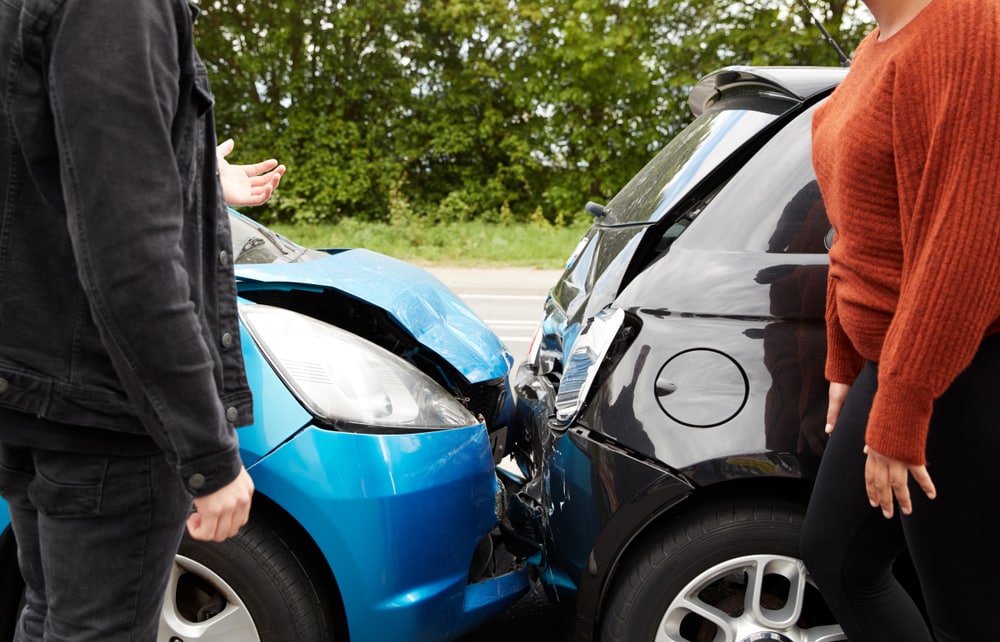
Auto insurance is required in some form or fashion by most states. However, there is still a significant number of drivers on the road without insurance. The rate of uninsured drivers differs by state, and some states have even implemented random checks for vehicle insurance.
Unfortunately, your auto insurance may not protect you from uninsured or under insured drivers. If you are in an accident that is the fault of an uninsured driver, you could be left paying a considerable amount out of pocket for damages. Keep reading to learn the truth about uninsured drivers and how you can protect yourself and your assets through the right coverage.
How many uninsured drivers are there?
The most recent data on uninsured drivers dates back to 2015, but it shows a positive trend. IN the last several years, the percentage of uninsured drivers has decreased slightly. However, the national rate of uninsured motorists for 2015 was still 13%. This number is also an estimate, with data taken from the ratio of insurance claims related to uninsured motorists.
Maine has the lowest state rate of uninsured drivers at 4.5%. The state also carries one of the highest coverage requirements for bodily injury liability insurance at $50,000 per person and $100,000 per accident. Uninsured motorist insurance is also required in Maine.
Florida has the highest state rate of uninsured drivers at 26.7%. The state does not have any coverage requirements for bodily injury liability insurance, so their high rate of uninsured drivers is not a surprise.
States with the lowest uninsured driver rates:
1. Maine – 4.5%
2. New York – 6.1%
3. Massachusetts – 6.2%
4. North Carolina – 6.5%
5. Nebraska, North Dakota & Vermont – 6.8%
6. Kansas – 7.2%
7. South Dakota – 7.7%
8. Wyoming – 7.8%
9. Idaho & Utah – 8.2%
10. Idaho – 8.7%
States with the highest uninsured driver rates:
1. Florida – 26.7%
2. Mississippi – 23.7%
3. New Mexico – 20.8%
4. Michigan – 20.3%
5. Tennessee – 20%
6. Alabama – 18.4%
7. Washington – 17.4%
8. Indiana – 16.7%
9. Arkansas – 16.6%
10. District of Columbia – 15.6%
How do uninsured drivers affect you?
If everyone is safe and healthy, a car accident can be extremely inconvenient. Even minor accidents can result in considerable property damage, and bodily injury expenses can climb quickly. However, getting into an accident with an uninsured driver can result in an even bigger headache.
While your auto insurance policy may provide protection if you are found in fault for an accident, you could be left with considerable out of pocket expenses if an uninsured driver is at fault. Uninsured or under insured drivers may face penalties or fines for driving without the minimum coverage required by state law, but you are unlikely to get any financial help to pay for property damage or medical expenses.
Uninsured drivers also impact auto insurance premiums. There are a wide range of potential reasons why someone would not purchase an auto insurance policy, but they all result in insured drivers taking up the slack.
What is uninsured motorist coverage?
Uninsured motorist coverage is a way to protect yourself and your assets from uninsured or under insured drivers on the road. This type of insurance covers the gap between the person at fault’s insurance coverage and the damages sustained during an accident. If the driver at fault is unable to pay for your property damage or medical expenses through insurance or out of pocket costs, your uninsured motorist coverage can save you a considerable amount.
Some states require uninsured motorists insurance, but it is a good idea whether it is required or not. Adding coverage for uninsured motorists is a relatively inexpensive way to protect yourself in the event of an accident. You can have peace of mind knowing your out of pocket costs will be minimal, regardless of who is at fault for an auto accident.
What to do in an accident with an uninsured driver
While unfortunate, it is possible to be an accident with an uninsured driver. Review your insurance policy and speak to your insurance agent to determine the proper steps for this situation. If you find yourself in this circumstance, consider the following tips.
• Call the police to ensure an accurate police report is filed for the incident. This can help the entire claims process and increase the number of your expenses that are covered.
• Do not take money from the uninsured driver. Some states level fines for driving without insurance, but you should not accept money without knowing the full extent of the damage done.
• Exchange information, including their contact information and details on their vehicle. If there are any witnesses, ask for contact information from them as well.
• Note the details of the incident, including the date, time, and location. Make note of any law enforcement on the scene, including their name and budge number. Any details you can remember about the accident can help your insurance company during the claims process.
• Take pictures of the scene and any damage done to both cars. Capture images of the area where the accident occurred, nearby traffic signs, the direction of both vehicles, and license plates for the other driver.